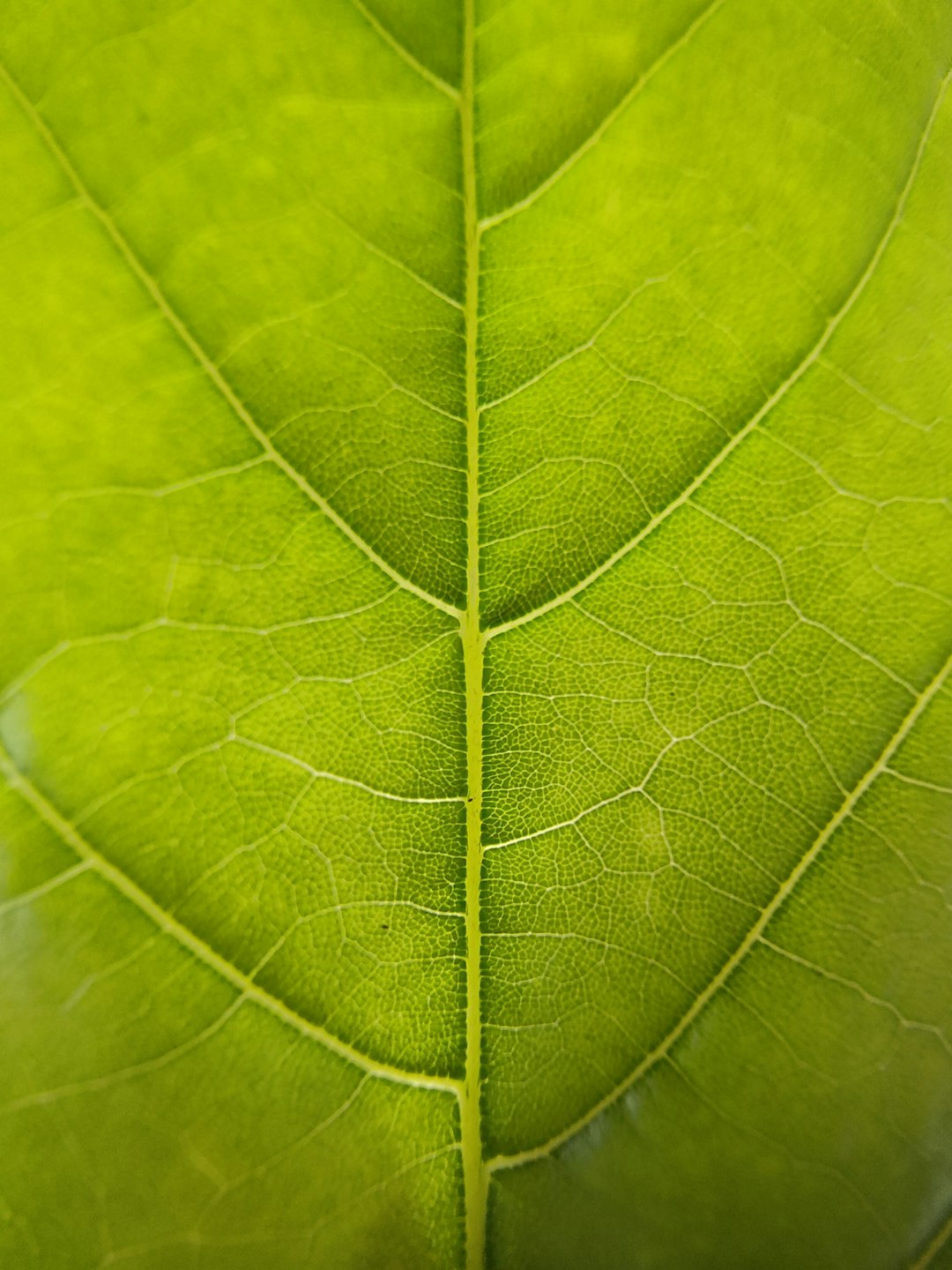Unleashing the Magic of Garlic Chives in Your Garden

Edible gardening is a rewarding endeavor that allows you to connect with nature and enjoy the fruits (or in this case, herbs) of your labor. One such herb that deserves a prime spot in your garden is garlic chives. Not only are they a culinary delight, but they also add a touch of elegance to your garden as an ornamental plant.
Garlic chives, scientifically known as Allium tuberosum, are a perennial herb that belongs to the onion family. They have long, flat leaves that resemble grass and produce beautiful white flowers in the summer. The leaves and flowers of garlic chives have a mild garlic flavor, making them a versatile ingredient in various dishes.
Here are some essential tips for growing garlic chives in your garden:
1. Choose the Right Location
Garlic chives thrive in full sun to partial shade. They prefer well-drained soil that is rich in organic matter. Choose a location in your garden that receives at least 6 hours of sunlight per day. If you live in a hot climate, some afternoon shade may be beneficial to prevent the leaves from wilting.
2. Prepare the Soil
Before planting garlic chives, prepare the soil by removing any weeds and loosening it with a garden fork or tiller. Add compost or well-rotted manure to the soil to improve its fertility and drainage. Garlic chives prefer a slightly acidic to neutral soil pH, so you may need to adjust the pH if necessary.
3. Planting Garlic Chives
Garlic chives can be planted from seeds or transplants. If you are starting from seeds, sow them directly in the garden in the spring or fall. Plant the seeds about 1/4 inch deep and 6 inches apart. Keep the soil moist until the seeds germinate, which usually takes about 7-10 days.
If you are using transplants, dig a hole that is slightly larger than the root ball of the plant. Place the plant in the hole and fill it with soil, gently firming it around the base of the plant. Water the plant thoroughly after planting.
4. Watering and Fertilizing
Garlic chives require regular watering to keep the soil moist but not waterlogged. Water the plants deeply once or twice a week, depending on the weather conditions. Avoid overwatering, as this can lead to root rot.
Fertilize garlic chives once a month during the growing season with a balanced fertilizer. You can also add a layer of compost or mulch around the plants to help retain moisture and suppress weeds.
5. Pruning and Harvesting
To encourage bushy growth, pinch back the tips of the garlic chive leaves regularly. This will also prevent the plants from flowering too early. You can start harvesting the leaves when they are about 6 inches long. Use a sharp pair of scissors or pruning shears to cut the leaves about 1 inch above the soil level.
Harvest the leaves as needed throughout the growing season. The more you harvest, the more the plants will produce. You can also harvest the flowers of garlic chives, which are edible and can be used as a garnish in salads or other dishes.
6. Pest and Disease Control
Garlic chives are relatively pest and disease-free. However, they may be susceptible to aphids, slugs, and snails. To control these pests, you can use organic pest control methods such as spraying the plants with a mixture of water and dish soap or using diatomaceous earth.
Garlic chives may also be affected by fungal diseases such as powdery mildew and rust. To prevent these diseases, make sure the plants have good air circulation and avoid overhead watering. If necessary, you can treat the plants with a fungicide.
In conclusion, growing garlic chives in your garden is a great way to add flavor and beauty to your outdoor space. By following these essential tips, you can enjoy a bountiful harvest of this versatile herb throughout the growing season. So, why not give garlic chives a try in your garden this year?